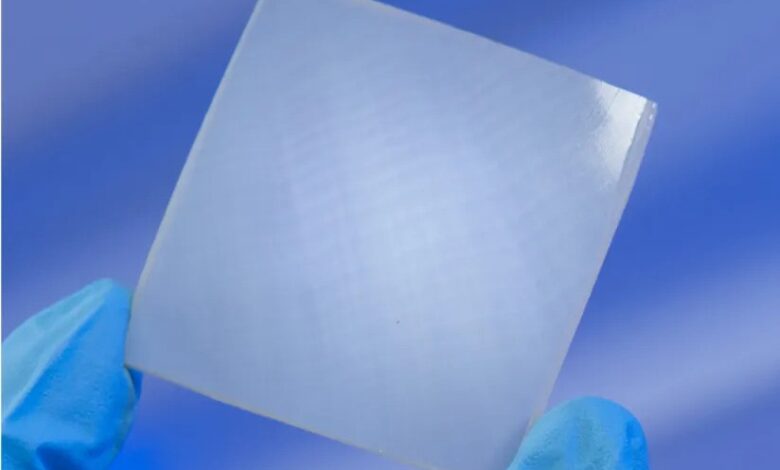
Transparent wood typically retains its wood grain, lending a natural aesthetic. This piece, made by scientists at the University of Maryland College Park, looks like frosted glass but is a better insulator. Image Credit: HU Group / University of Maryland College Park
EnvironmentTechnology SwedenSee-Through Wood: the Future of Phone Screens?
A team of researchers from institutions in Sweden and the United States has successfully made transparent wood as an alternative to certain plastic or glass.
“I truly believe this material has a promising future,” says Qiliang Fu, a wood nanotechnologist at Nanjing Forestry University who worked as a graduate student at Sweden’s KTH Royal Institute of Technology.
Each of the two institutions – the second one being the University of Maryland in the United States – has developed its transparent wood. The first botanist to create transparent wood, Siegfried Fink, did it to see the inner workings of woody plants without dissecting them. He published his findings in 1992, which consisted of bleaching pigments in plant cells. This time, scientists removed a particular glue called lignin, after which a milky-white skeleton of hollow cells remained. Transparent wood can be used in super-strong smartphone screens, glowing light fixtures, and structural features like colour-changing windows. The thickness of the material varies between less than a millimetre and one centimetre. As the cells create a sturdy honeycomb structure, the tiny wood fibres are more robust than the best carbon fibres. Once resin is added to transparent wood, the result outperforms plastic and glass, around three times stronger than the former and about ten times tougher than the latter.



